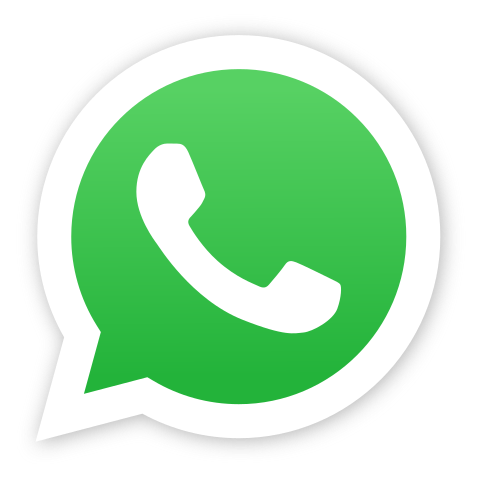
Sixty-three billion messages were sent globally on WhatsApp on New Year’s Eve, and a large part of these messages – about 14 million – were generated in India, the messaging app revealed to VentureBeat in an email. These numbers have set new single-day records for the messaging app.
According to WhatsApp, 7.9 billion images and 2.4 billion videos were among the 63 billion messages, sent on that day.
About 32 percent of the 14 billion WhatsApp messages sent in India were media messages, that is, GIF images (700 million), photos (3.1 billion), videos (610 million), and voice messages.
In April last year, Facebook CEO Mark Zuckerberg had revealed at the company’s F8 developer conference that Messenger and WhatsApp combined were sending 60 billion messages per day.
In January 2015, 30 billion messages per day were being sent on WhatsApp, according to WhatsApp cofounder Jan Koum. That number had grown to 42 billion by Feb 2016.
The ability to share animated GIF images on WhatsApp were only recently rolled out for the users. iPhone users got the feature in November, while Android users got it in December.
WhatsApp Messenger is a free, social media app for smartphones, which allows users to send text messages, make voice and video calls, and send images, videos, documents, PDF files, audio files, etc., with other users. WhatsApp Inc., is based in Mountain View, California, and was acquired by Facebook in February 2014.
WhatsApp had a user base of over one billion by Feb 2016, and was the most popular messaging app at the time. WhatsApp, was incorporated in 2009 by Jan Koum – a former employee of Yahoo! He named “WhatsApp” to sound like “what’s up”. WhatsApp 2.0 was rolled out with a messaging component in mid-June 2009. Brian Acton officially joined WhatsApp Inc., in November 2009. After months of testing the beta version, the app was eventually launched in November 2009 on the App Store for the iPhone. In December 2009, developers added the ability to send photos to WhatsApp for the iPhone. By early 2011, WhatsApp had become one of the top 20 apps in Apple’s U.S. App Store. In next two years, WhatsApp had about 200 million active users and was valued at $1.5 billion.
In December 2013, WhatsApp revealed that its active monthly users had grown to 400 million. The number further increased to 500 million monthly active users by April, 2014, which were sending 10 billion messages, 700 million photos and 100 million videos daily.
In February, 2014, Facebook announced that was acquiring WhatsApp for US$19 billion. Facebook paid $4 billion in cash and $12 billion in Facebook shares. About $3 billion in restricted stock units were granted to WhatsApp’s founders Koum and Acton. Zuckerberg also revealed later that this acquisition was closely related to the Facebook’s vision of Internet.org.
By August 2014, WhatsApp had become the most popular messaging app globally, with more than 600 million active users. By September 2015, the user base of WhatsApp had grown to 900 million, and by February 2016 it had grown to one billion.
In November, 2016, WhatsApp started rolling out two-step verification feature for Android beta users to add more security to user accounts. The feature would allow users to add their email address for further protection.
WhatsApp stopped supporting older versions of iOS, Android, and Windows Phone on December 31. The app is now not working on devices running on Windows Phone 7, iOS 6 or lower, and Android 2.2 or lower.

